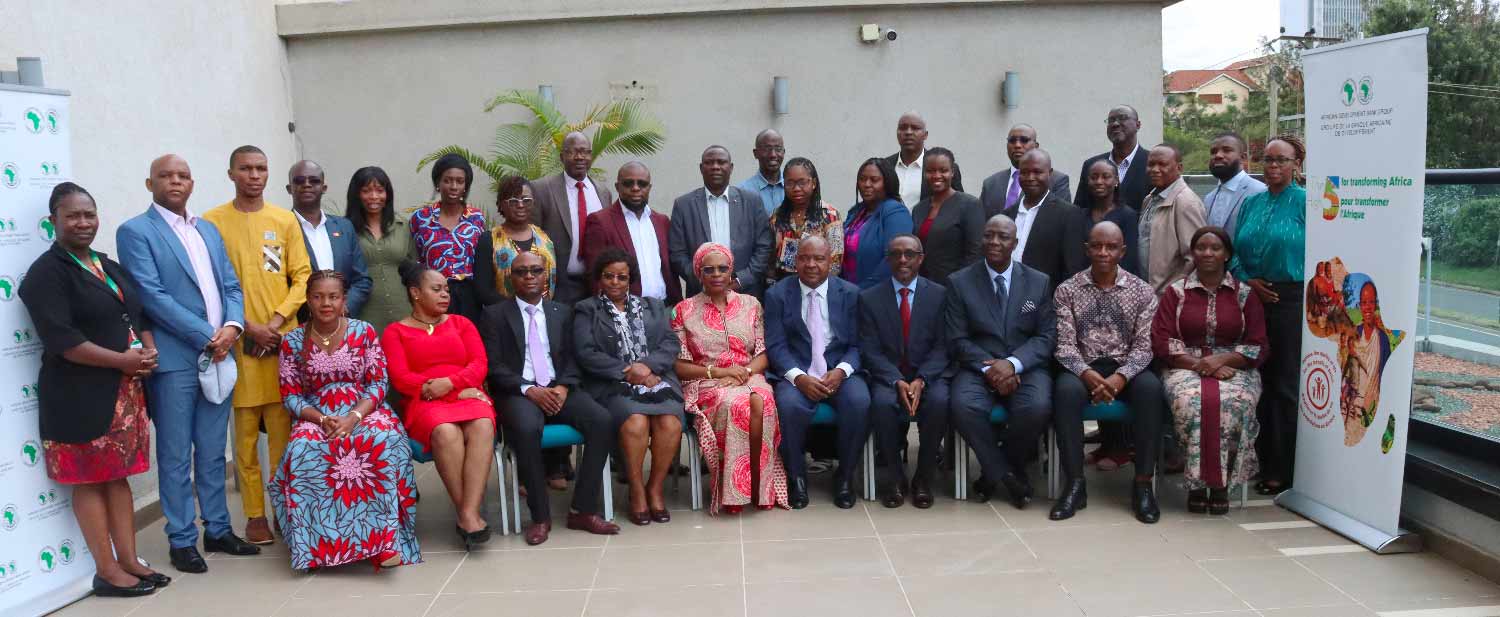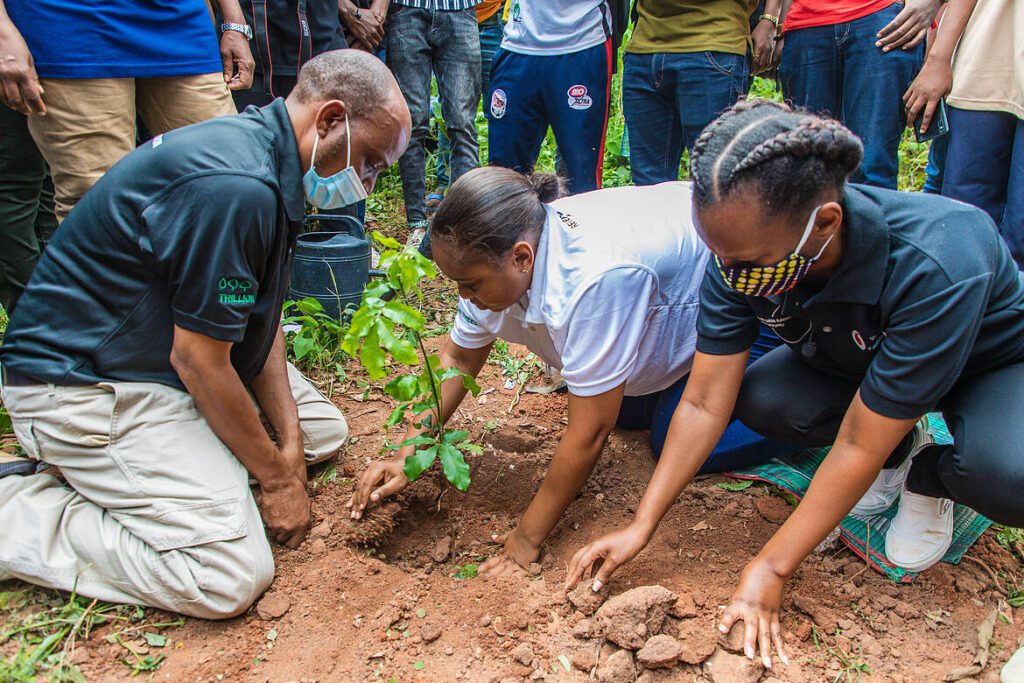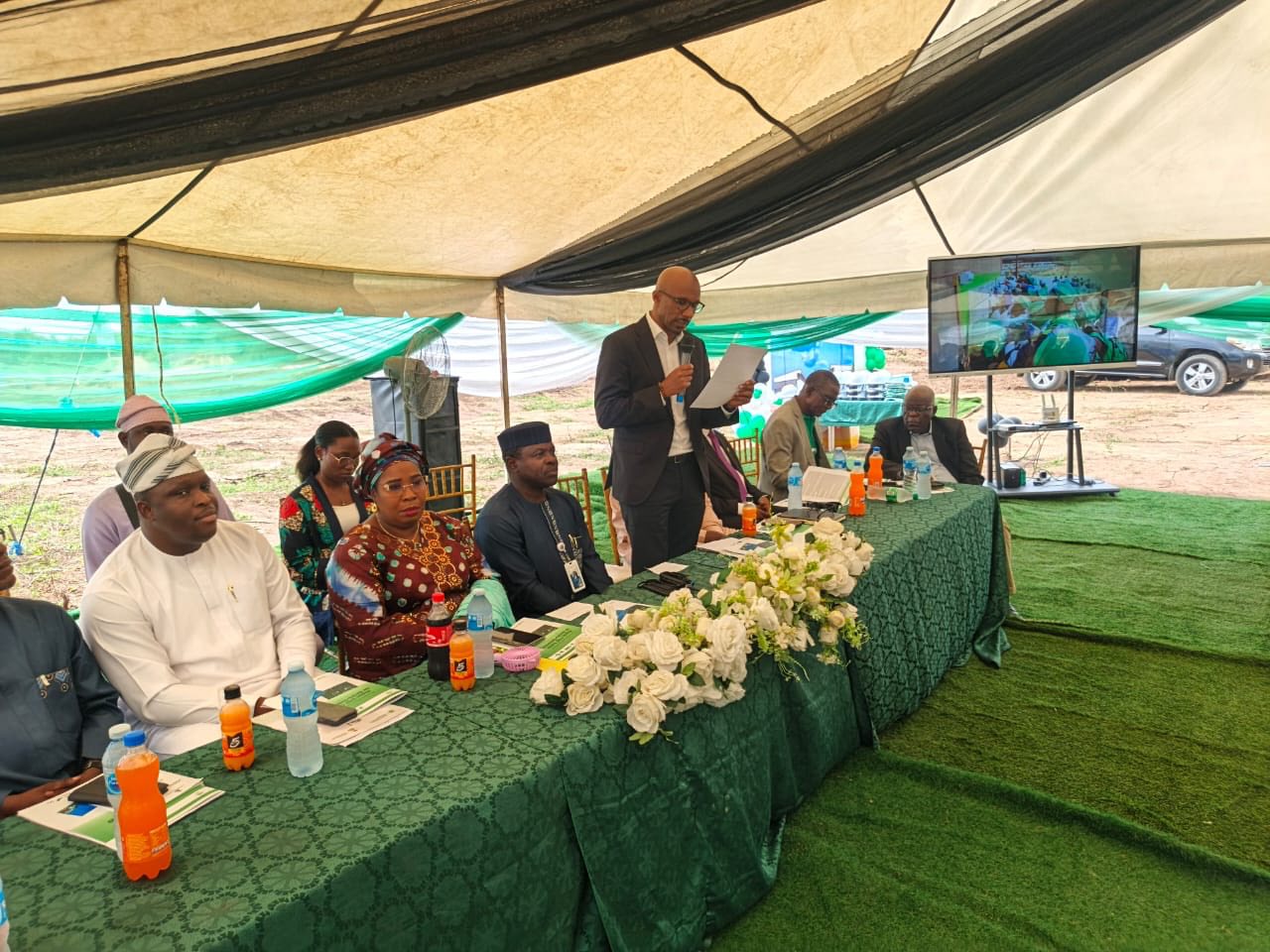
Tuesday, 12th August 2025

By inAfrika Reporter
The most persistent conservation work in Tanzania happens out of sight: a district meeting to redraw a grazing buffer, a workshop on using eDNA to monitor a river, a dawn patrol with fishers who enforce reef closures without starting fights among neighbors. The WWF Tanzania Country Office has spent a generation doing this unglamorous labour, tying pledges about clean rivers, resilient coasts and connected landscapes to the daily decisions that make them real. Its Country Strategic Plan 2021–2025 organizes the effort around freshwater, marine and multi-use landscapes, then asks a practical question of each: what changes on Wednesday afternoon if we get this right?
Start in the south, where the Ruvuma Transboundary Landscape stitches together protected areas and village lands across the Mozambique border. The landscape holds 2,000+ plant species, 430+ bird species and ~60 mammals, including elephants, wild dogs and lions; it also supports communities whose forests and farms sit on the front line of climate and price shocks. WWF’s local teams spend as much time with bylaws as with binoculars—helping districts map corridors, supporting village land-use plans, and putting grievance channels in place so enforcement becomes conversation rather than rupture.
Along the coast, the older RUMAKI seascape—Rufiji, Mafia, Kilwa—remains the crucible for community-led fisheries management. WWF’s long game there has been to strengthen Beach Management Units, rotate octopus closures to let biomass recover, and wire in monitoring so rules are based on data rather than rumour. The programme’s more recent phase—RUMAKI-Plus, backed by the Blue Action Fund (2019–2024)— anchored that work in a funding and governance frame sturdy enough to outlive project cycles. The result visible to buyers is simple: fish quality improves, waste falls, prices reward handling, and hotel supply becomes schedulable rather than lucky.
Freshwater is the oldest brief and the hardest. The Great Ruaha River has taught Tanzania the cost of treating a river like an infinite tap: zero-flow months now punctuate the dry season, stranding hippos and closing waterholes in a park that should never go silent. WWF’s water-stewardship push in the Ndembera sub-catchment tries to turn integrated water resources management into something a village committee can own—simple flow targets, low-tech gauging and rain logs, and irrigation calendars that match ecological reality. The office’s 2024–2025 calls and concept notes are explicit about building stewardship here with user groups and firms, not just reports.
The poaching crisis still haunts policy discussions, but the story has changed shape. Between 2007 and 2014, the Selous ecosystem lost about 80% of its elephants (≈70,000 to ≈15,000), a collapse that forced a national reckoning. WWF’s Road Map to Zero-Poaching in Selous mixed intelligence, ranger support and community incentives; the broader policy response redrew protected-area boundaries and prosecution practice. No one actor owns the turnaround; the point is that persistence—funding the unglamorous parts—kept the agenda alive until institutions caught up.
Awards don’t fix rivers or empty snare lines, but they can validate a method. In January 2025, at Tanzania’s inaugural National Serengeti Awards, WWF Tanzania received a Conservation Honorary Award—a signal from government that decades of patient, often invisible work matters. The same season, Tanzania’s protected areas and operators swept multiple World Travel Awards categories, with Serengeti National Park again named Africa’s Leading National Park 2025—a tourism headline that rests, in no small part, on enforcement, planning and community cooperation done right.
Science is a through-line rather than a separate pillar. eDNA sampling in rivers detects invasive fish or confirms threatened species without nets; satellite imagery and drones spot illegal clearings or mangrove die-back early; collar data turns hunches about corridors into maps a district council can adopt. WWF’s best work here is translation: turning a technical finding into a policy tool a councillor can defend in a crowded meeting where tempers run hot. The value shows up when a bylaw is passed, not when a report is printed.
Governance is the quiet engine. Procurement rules that are obeyed, benefit-sharing that is transparent, and village institutions that keep minutes and bank accounts properly—these are the invisible planks that keep projects from collapsing into suspicion. The office’s method is to accompany rather than command: back a community forest association to run a nursery, help write contracts that pay on time, then step aside when the habit takes. If the rule can survive a drought, it is a rule worth keeping.
The currency of all this is trust, accumulated by small, durable wins. A BMU that confiscates an illegal net without starting a feud is a win. A district bylaw that codifies a wildlife corridor is a win. A water user association that turns off a pump for a week because the river needs it is a win. These do not trend; they compound. Donors keep faith when results show up in ledgers—fish sold, fines recorded, seedlings that survive past the first dry season—and in public dashboards that don’t over-promise. The office’s CSP is clear that success is measured in changed practice, not photo ops.
Partnerships keep the machine honest. Universities bring methods and scepticism; government brings mandate and scale; the private sector brings capital and a reason to care about standards. In water, the CARE-WWF Alliance has used stewardship to link livelihoods and flows; in coasts, hotel supply chains are starting to reward traceable, responsibly handled seafood with better prices. The just outcome is practical: people living with wildlife and weather should not be asked to subsidise national heritage alone; revenue-sharing and predictable payments are how righteous language becomes livable policy.
By early evening in Dar es Salaam, a WWF staffer turns off a projector in a ministry boardroom; on Mafia, a community ranger closes a ledger; in Iringa, a water steward texts a rainfall update to a group of farmers. None of it will trend. All of it is the work. If conservation here has a chance, it is because people with notebooks and ordinary patience keep setting rules the river, the tide and the elephant can live with—and because an office with a panda on the door understands the least photogenic truth in East African conservation: make good choices normal, then keep them that way.


